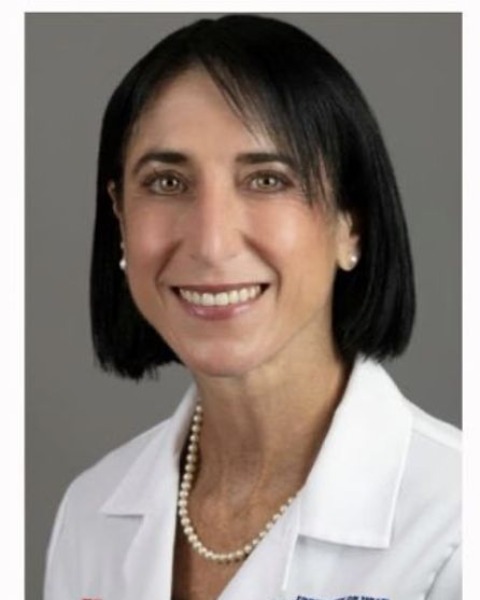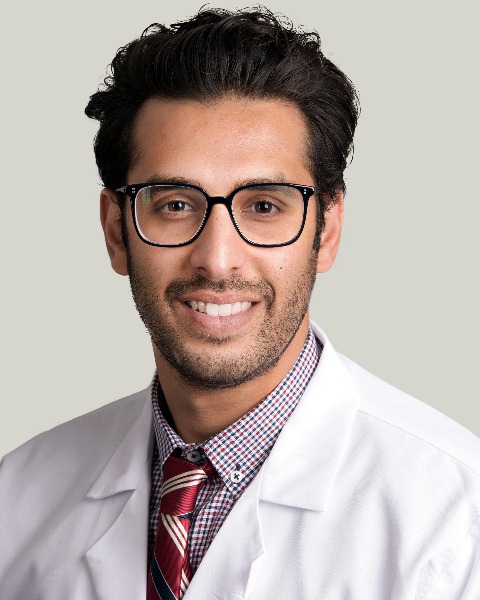Interventional Oncology
Selective internal radiation therapy using Yttrium-90 microspheres for treatment of localized and locally advanced intrahepatic cholangiocarcinoma

Qian Yu, MD (he/him/his)
Resident
University of ChicagoDisclosure(s): No financial relationships to disclose
- AP
Anjana Pillai, MD
Professor
University of Chicago - AL
Andy Liao, MD
Professor
The University of Chicago Medicine 
Talia Baker, MD (she/her/hers)
Chief of the Division of Transplantation and Advanced Hepatobiliary Surgery
University of Utah- JF
John Fung, MD PhD
Professor
University of Chicago - DD
Diego DiSabato, MD
Professor
University of Chicago - TV
Thuong Van Ha, MD
Professor
University of Chicago - EU
Ethan Ungchusri, MD
Resident
University of Chicago - GH
Gloria Hwang, MD
Resident
University of Chicago 
Osman Ahmed, MD, FSIR
Associate Professor of Radiology
University of Chicago
Presenting Author(s)
Author/Co-author(s)
Materials and Methods:
A retrospective review was performed of patients with localized iCCA treated with SIRT at a single institution. Overall survival (OS), local tumor response, progression-free survival (PFS), and toxicity were collected. Stratified analysis was performed based on surgical resection. Predictor analysis of OS was performed using the Fine-Grey regression analysis model with patients bridged to surgery regarded as competing events.
Results:
A total of 28 consecutive patients with localized iCCA were treated with a total of 38 sessions of SIRT (17 segmental, 13 lobar, and 8 combined deliveries) and a mean dominant target dose per session of 238.4 ± 130.0 Gy. The cumulative radiologic response rate was 16/28 (57.1%) with a median PFS of 265 days. MST was 686 days for the entire cohort with one-year and three-year survival of 78.1 % and 44.9%, respectively. Ten patients (34.5%) were downstaged to surgical intervention (7 resection, 3 transplant) and showed longer OS (p=0.025). The 1-year and 3-year OS for patients who received surgery were 100% and 62.5% (95% CI: 14.2-89.3%), respectively. Age (p=0.004), best radiologic response (p=0.001), and neutrophil/lymphocyte ratio (p=0.003) are independent predictors of OS on multivariate analysis. Two above grade 2 hyperbilirubinemia and one pleuro-biliary fistula occurred post-SIRT.
Conclusion:
SIRT for localized iCCA is safe and effective in achieving radiological response, downstage to surgery and transplant, and result in pathologic necrosis.

.jpg)
.jpg)
.png)
.png)
.png)
.png)
.jpg)
.png)
.png)